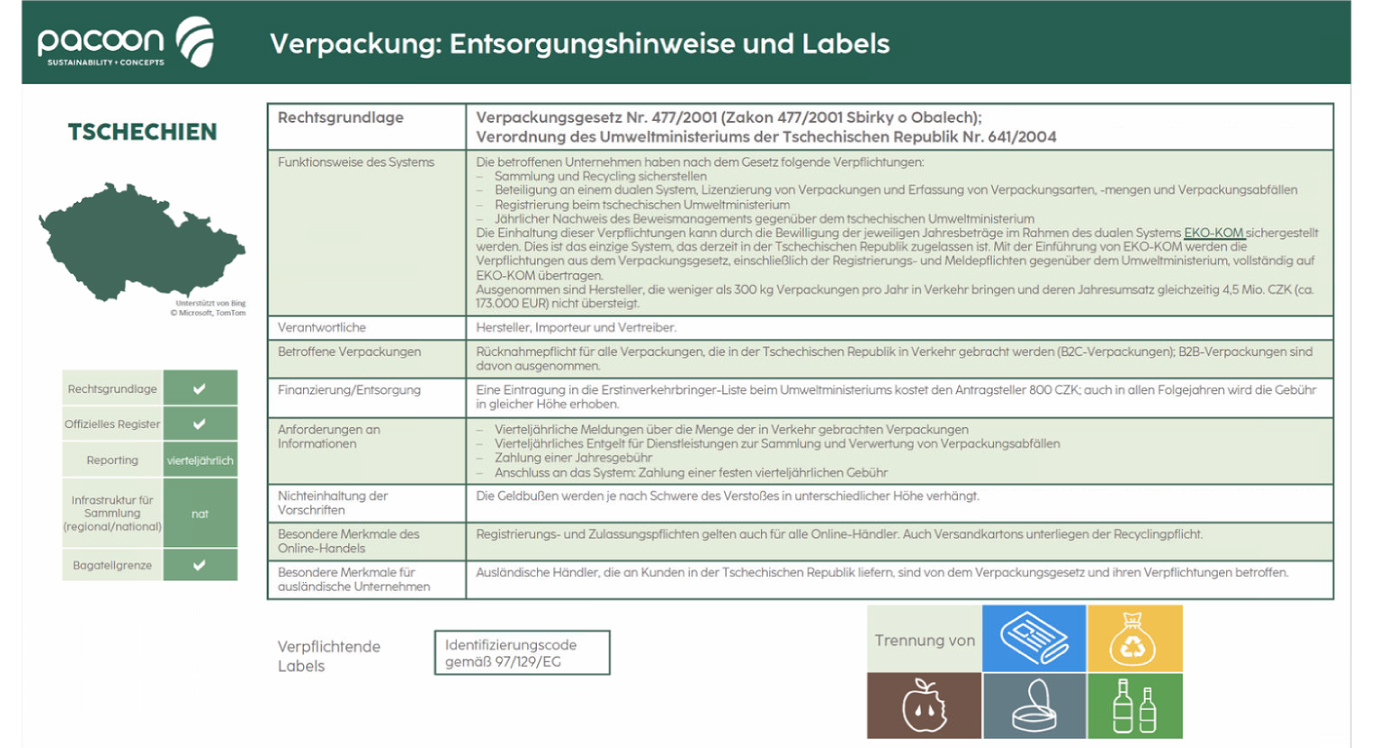With the EU Taxonomy for Sustainable Finance, there is now a classification system for sustainable business. Anyone who wants to invest in sustainability is provided with transparency about how much commitment a company is investing in specific sustainability goals. According to the report, this complex set of rules is of importance, among other things, in the financing of future investments by companies. If the intended investment does not meet the environmental sustainability criteria, financing becomes more expensive. Capital flows should flow into companies, products and technologies that promote the European climate goals; investments that cannot provide this proof will find little supply on the capital market – capital reduction for sustainable growth. A total of 6 environmental goals are defined: (1) climate protection, (2) adaptation to climate change, (3) protection of water and ocean resources, (4) transition to a circular economy, (5) limitation of environmental pollution and contribution to environmental protection, (6) protection of biodiversity and ecosystems.
For the time being, this is only relevant for corporations with more than 500 employees (analogous to the CSR Directive); in the medium term, a draft paper of the European Commission envisages the extension to small and medium-sized corporations as well. The functional logic of the EU taxonomy is not complicated, but the implementation effort in the companies is complex. An early penrvasion of the EU taxonomy and the nomination of responsible actors from the interfaces would be a first important step for the approach to the mega topic.






